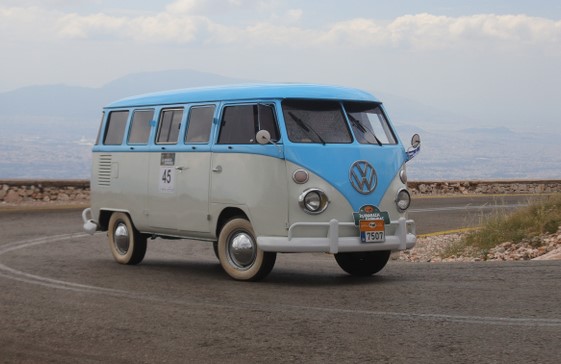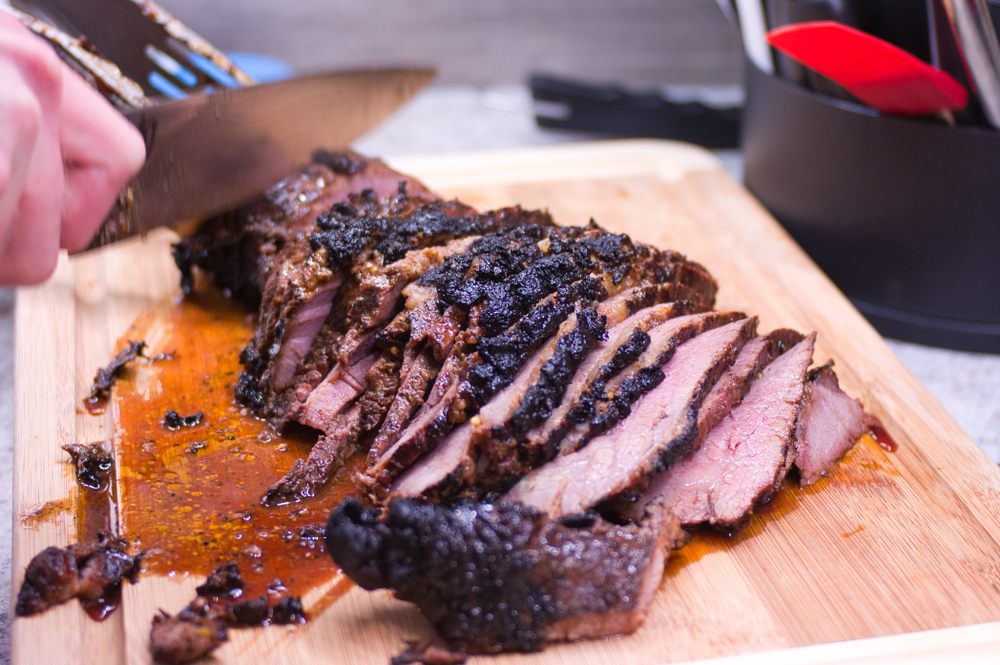When Jerry Garcia died in 1995, Volkswagen remembered the Grateful lead singer by running an ad featuring its iconic Microbus with a tear coming from one of the two headlights. It was a great moment when two counterculture symbols joined hands to show recognition for their influence on society.
In the early 1960s, both Jerry Garcia and the Microbus came together to represent growing anxiety in the US about the country’s role as a nuclear superpower, and it supports commercialism to feed its greedy appetite.
For many people, the Volkswagen microbus was the symbol of protest against Detroit’s superpowered cars and society.
That’s quite a big transition for the vehicle, considering where it came from. The Microbus was known as Type 2, was an offshoot of the Volkswagon Beetles, known as Type 1, which dates to 1933 when the leader of Nazi Germany, Adolf Hitler, proposed a people’s car, made for the masses. Post-war, the company was looking to expand its product range and wanted to offer a vehicle that would create a buzz in the automotive world.
This is known as the world’s first van, and before this, people used large trucks, buses, and cars to haul cargo and people around.
Regardless of where it came from, the Volkswagen Microbus marks its 70th anniversary as both, mode of transportation and an icon. The first VW microbus went into production on March 8, 1950, at a VW plant in West Germany, and it completely changed the perception of cars in the world.
The Microbus was designed by Ben Pon, a Dutch importer of Volkswagen Beetles. He was inspired to design the first van back in 1945 after being inspired by a flatbed parts-hauler made from a Type I chassis while he was on a visit to the Volkswagen plant.
The German car manufacturer began developing a final production model on the design, and it went into production in 1950. Initially, two versions were offered: the Kombi, which had side windows and had removable rear and middle seats, and a commercial van.
Marketing
The marketing approach that VW took for their new product line was just an extension of its beetle advertisements: promote the simple styling and usefulness as an all-round vehicle for home, play, and work. People loved the fact that the VW microbus could transport anything from humans to other things. It had a roomy interior, air-cooled engine, and rear-wheel drive, and it was super easy to maintain and operate.
And the best part, that people liked most was that this van was fun to customize. As soon as people used to buy it, they started customizing it according to their own needs. Soon after, outdoor enthusiasts began using it as campers.
Volkswagen saw this rising trend and contracted with Westfalia, a German company best known for manufacturing wagons and carts, to start manufacturing camper conversion kits. In 1956, the first VW Westfalia camper was exported to the US.
Cult status
As the VW Microbus became more accepted in America, it started to take on cult status. Its boxy appearance became a symbol for counterculture people because it didn’t resemble anything to what major manufacturers in Detroit were producing. It became a symbol for people who wanted to stand out from the crowd. Some owners started painting a peace symbol on the bus, and there it earned the nickname of Hippie bus.
It became famous among people who didn’t like mainstream American culture. It was kind of their way of saying, ‘We don’t need your V8 cars’.
Final words
The Volkswagen Van or Microbus preserved through a tumultuous time in the United States. Millions of micro-buses were sold, but eventually, the social revolution took sideline, and so did people’s interest in the Microbus. Production ceased in 2014.






